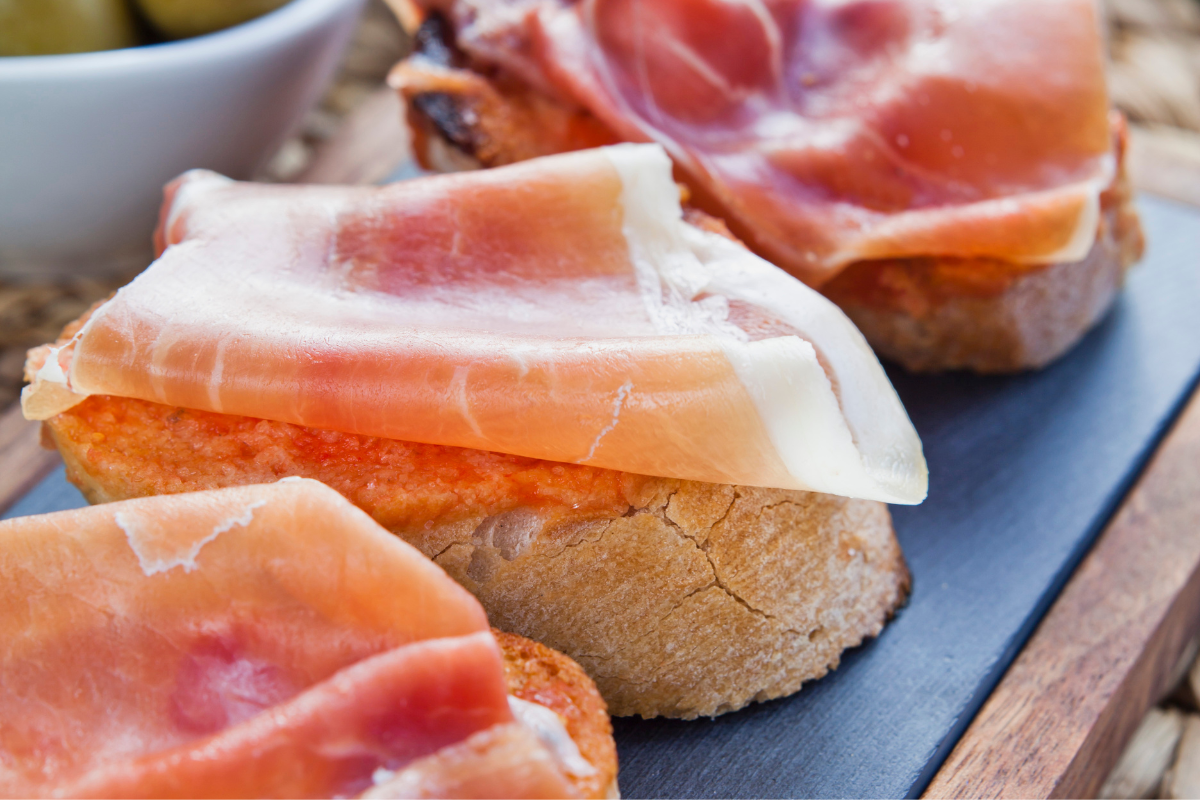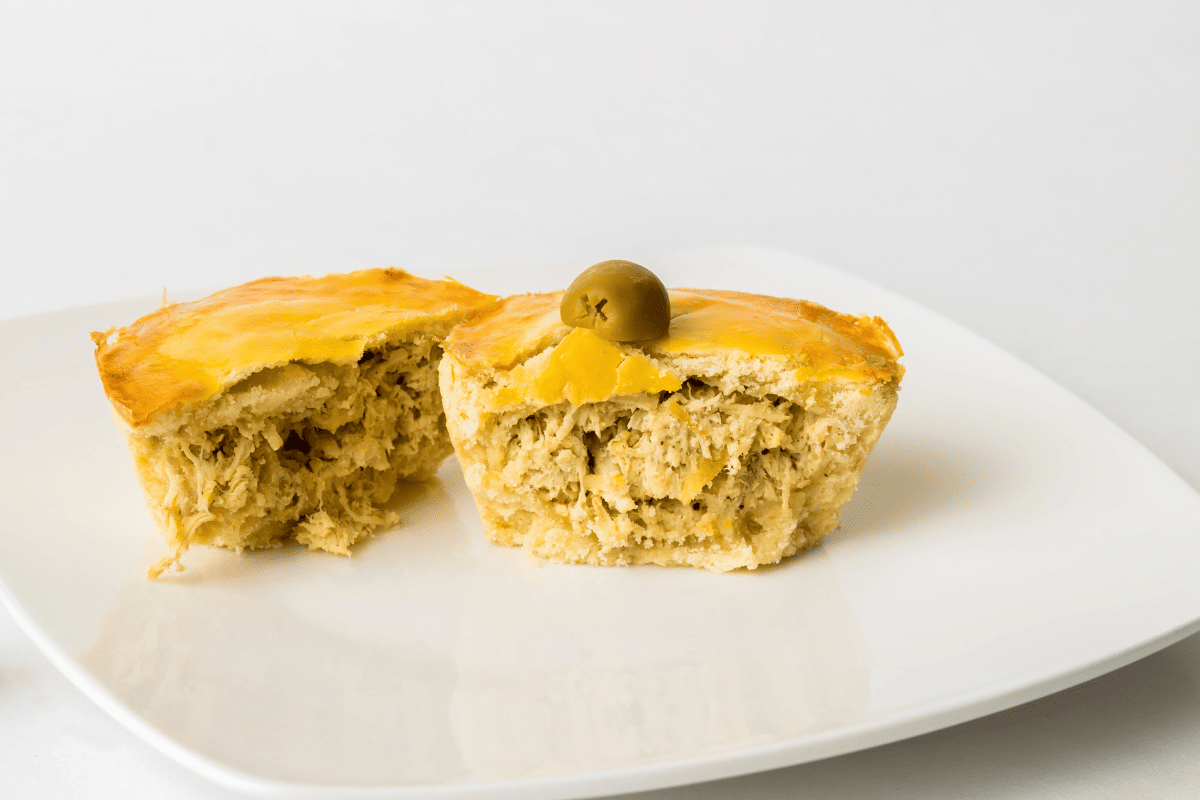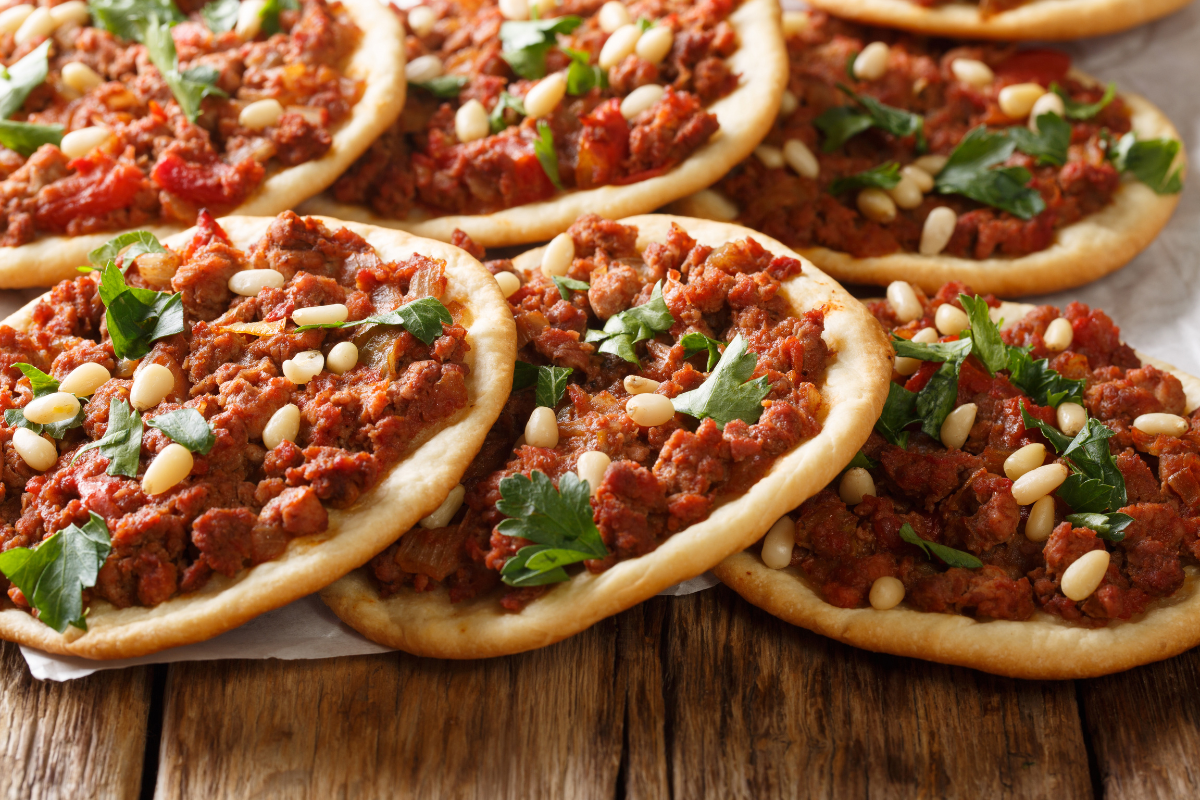Spanish Sandwich Morsels in Brazil
It is estimated that there are between 10 and 15 million Brazilians of Spanish descent. During peak immigration, Spain represented the third largest population of immigrants to the country. It is no surprise, then, that Spanish culture and cuisine have become an integral part of the nation’s identity. Tapas, for example, is very popular in Brazil. This Spanish tradition of sharing small plates lends itself naturally to the Brazilian love of food, friends, and nightlife. A favorite small plate is the montadito, an open-faced sandwich meant to be consumed in a bite or two. The dish can be customized with all sorts of toppings depending on local preferences.
What Are Montaditos?
Montaditos are, essentially, bite-sized, open-faced sandwiches. Various toppings are traditionally served on slices of french baguette, either toasted or fresh (other types of bread may be used, however).
The term “montadito” itself derives from the Spanish word “montar,” which means “to mount” or “to place on top.” It is a reference to the meats and cheeses piled atop the bread slices. Interestingly, the word “montar” in Portuguese means “to assemble,” also a relevant description.
Montaditos were likely the first type of sandwich ever eaten in Spain. There is evidence of such sandwiches as early as the 15th century, when it was not uncommon for peasants to use a slice of bread as a plate. Hardened bread was fashioned into a “trencher,” or hollowed out dish to accommodate any available food.
Such dishes allowed for even the stale bread to have use, since certain toppings might soak into it and make it edible. This practice may date even farther back than the middle ages to Ancient Rome, when fresh pressed olive oil could be sampled with a slice of bread.
Montadito Topping Ideas
The beauty of montaditos lies in their versatility. From savory to sweet, there’s a wide array of toppings to suit every palate. Brazilian favorites include:
- Jamón Ibérico: Thin slices of the renowned Spanish cured ham, jamón ibérico, adorn many montaditos. The silky texture and rich flavor of the ham provide a delightful contrast to the crunch of the bread.
- Manchego Cheese: Aged and nutty, manchego cheese adds a delightful richness to montaditos. It can be paired with quince paste or drizzled with honey for a perfect sweet-savory balance.
- Chorizo: Slices of spicy chorizo sausage bring a burst of flavor to montaditos. The smoky and tangy notes of chorizo are often offset with fresh tomatoes or a sweet tomato spread.
- Roast Beef: a Brazilian meal is rarely complete without a little red meat, and that includes montaditos.
- Roasted Peppers: Sweet and smoky roasted red peppers add a burst of color and a touch of sweetness to the montadito.
- Anchovies: These small fish are a favorite topping, offering a briny and umami-packed punch that tantalizes the taste buds.
- Paté: Various types of paté, such as duck liver or seafood paté, add a creamy and luxurious element to montaditos.
- Brie: a French twist often combines the creamy Brie cheese with vegetarian montadito options, like juicy tomatoes or fried eggplant.
Montaditos vs Crostini
Crostini are an Italian dish that is very similar to montaditos. However, where montaditos always constitute some kind of topping, crostini may be served simply toasted and with a brush of olive oil. They are also considered an “antipasti,” or appetizer, as opposed to a small course.
Bruschetta are another Italian bread dish that incorporates toppings over grilled toast. These are most often associated with fresh vegetable and herb toppings, such as the ubiquitous tomato and basil combo. But, like montaditos, they can be endlessly customized.
Simple Montadito Recipe
Ingredients:
1 loaf of French baguette
4 ounces parmesan or pecorino cheese
4 ounces capicola
1 jar fig preserves
Small handful of Arugula
Extra virgin olive oil
Kosher salt
Directions:
- Preheat the oven to 350 degrees fahrenheit.
- Slice your baguette into thin slices, 1-2 inches wide.
- Put the slices on a lined baking sheet and drizzle each with a little olive oil and a dash of salt.
- Toast the bread until it is golden brown, around 10 minutes.
- When the toast is cool enough to handle, spread each slice with a generous amount of fig preserves.
- Layer each montadito with a slice or two of capicola, a thin slice of parmesan, followed by a garnish of arugula.
Enjoy with a glass of Spanish rioja or a refreshing caipirinha.




